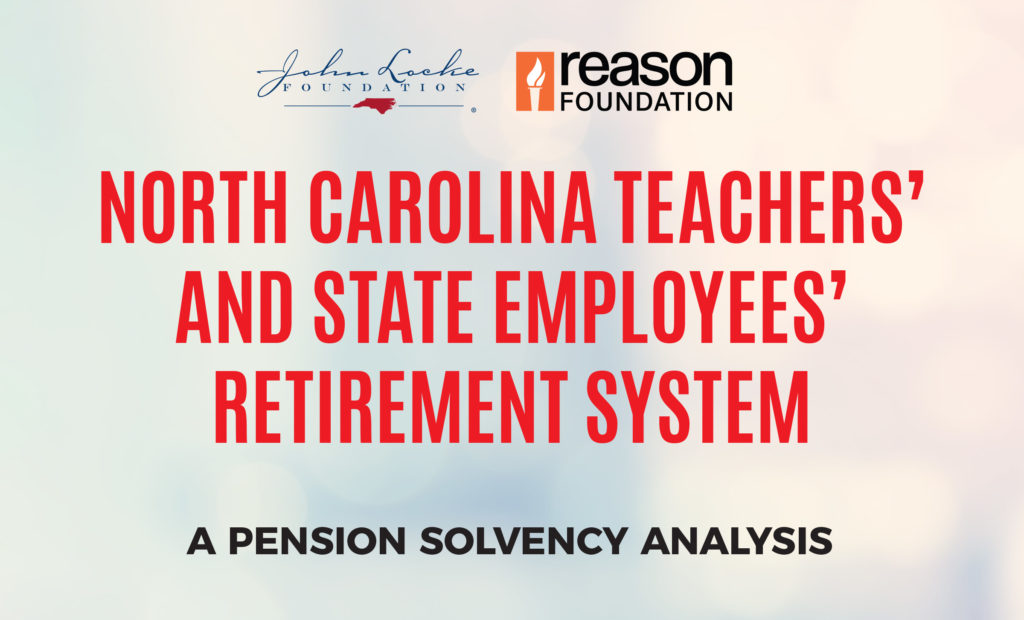
A reverse logroll for the 2015-17 biennium budget would greatly benefit taxpayers. Although some would continue to disagree with specific policy elements of the resulting plan, if applied to the current state budget, reverse logrolling would result in a General Fund budget of $21.5 billion in the first year and $21.4 in the second, leaving surpluses of approximately $383 million in the first year and $639 million in the second year. This allows lawmakers more flexibility if they choose to further reduce taxes, increase the per-child tax credit, or simply leave the remaining money as a credit balance, providing extra savings on top of the rainy-day fund deposit. If budget conferees use the reverse logroll method and leave their chambers’ pride at the door, then everyone will benefit from the large surplus — taxpayers and state government alike.




